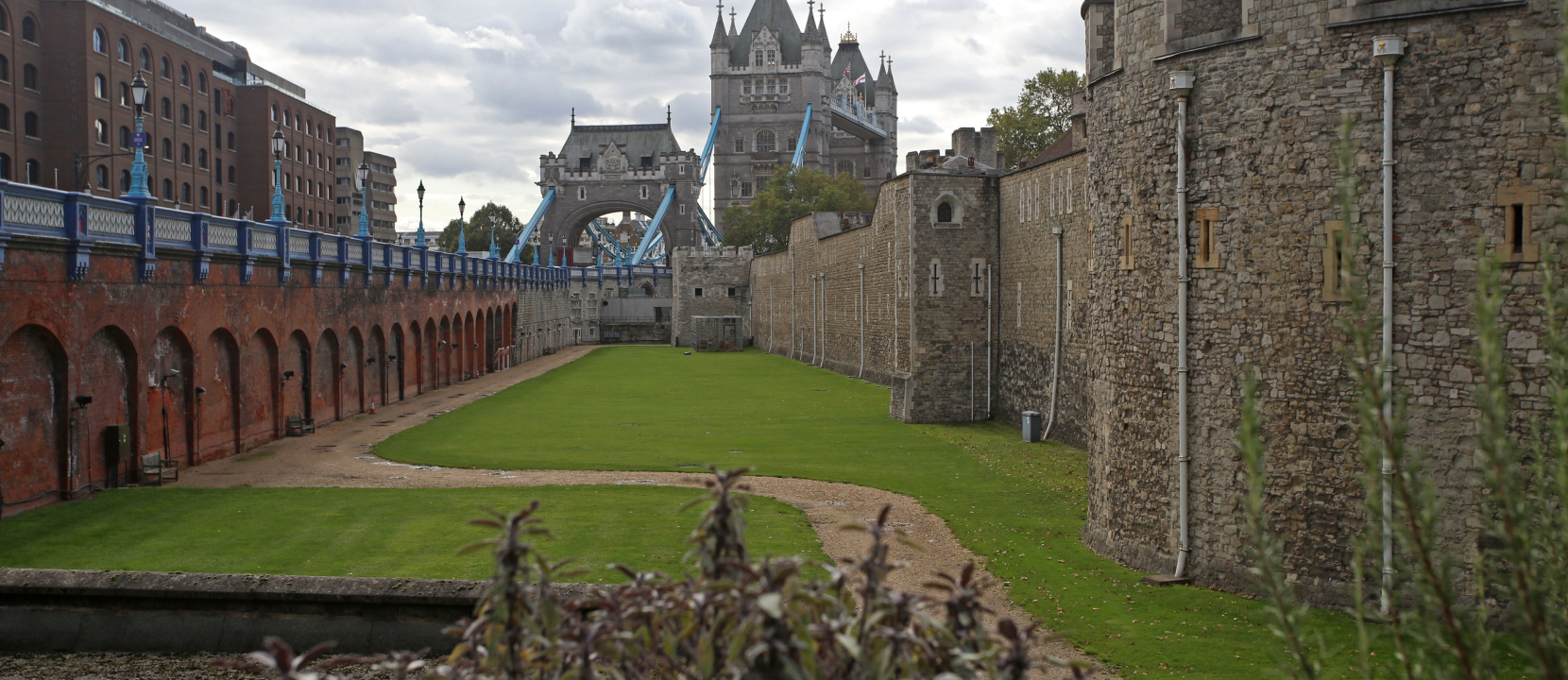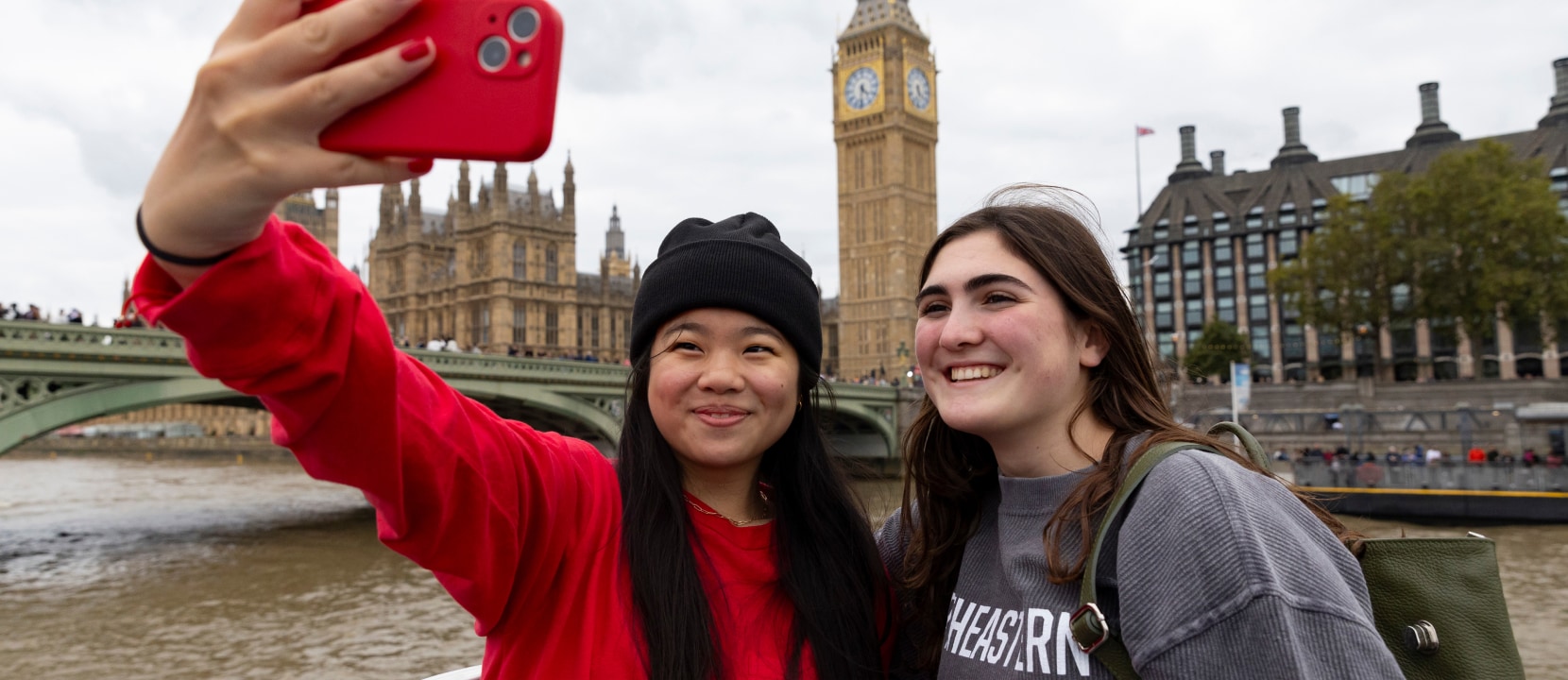A global city of endless possibilities
London is consistently ranked as a top student city in the world, known for its academic excellence and unmatched career opportunities as a global hub.
Museums and galleries
-
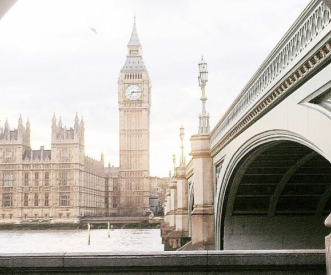 Royal Armouries
Royal Armouries6 minute walk/3 minute cycle
-
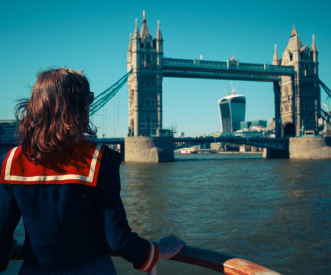 Tower Bridge
Tower BridgeWalk 4 minutes
-
 Tower of London
Tower of LondonWalk 8 minutes
-
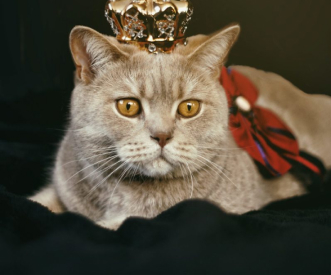 The Crown Jewels
The Crown JewelsWalk 10 minutes
-
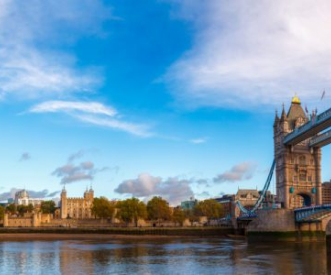 Golden Hinde
Golden HindeBus 19 mins/River Bus 19 mins/Cycle 10 mins/Walk 22 mins
-
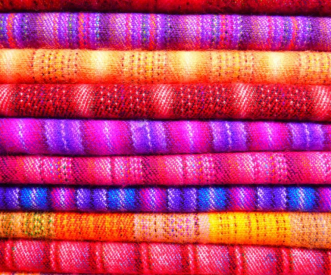 Fashion and Textiles Museum
Fashion and Textiles MuseumBus 16 mins/Cycle 8 mins/Walk 17 mins
-
 Whitechapel Gallery
Whitechapel GalleryBus 18 mins/Tube 15 mins/Cycle 8 mins/Walk 19 mins
-
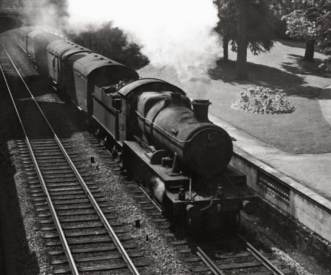 The Brunel Museum
The Brunel MuseumBus 23 mins/Cycle 13 mins/Walk 32 mins
-
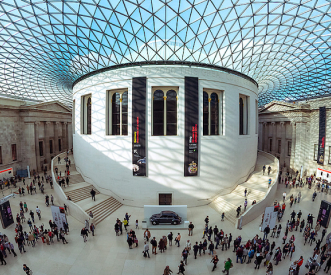 The British Museum
The British MuseumTube 37 mins/Cycle 21 mins/Walk 58 mins
-
 The National Gallery
The National GalleryTube 27 mins/Cycle 20 mins/Walk 56 mins
-
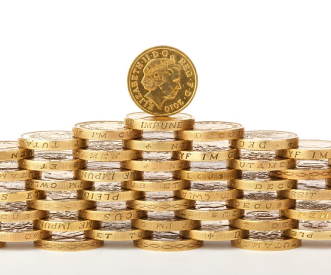 The Royal Mint
The Royal MintCycle 5 mins/Walk 9 mins
-
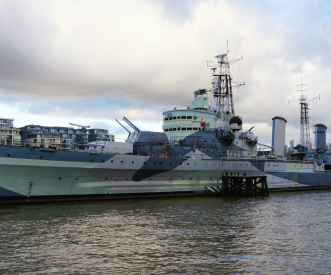 HMS Belfast
HMS Belfast13 minute walk/9 minute cycle
-
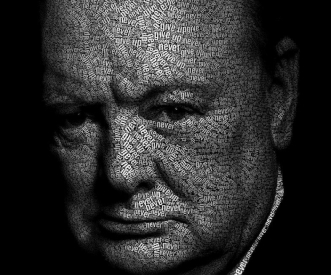 Imperial War Museum
Imperial War MuseumBus 33 mins/Walk 44 mins/Cycle 36 mins
-
 Florence Nightingale Museum
Florence Nightingale MuseumBus 33 mins/Tube 28 mins/Walk 54 mins/Cycle 21 mins
-
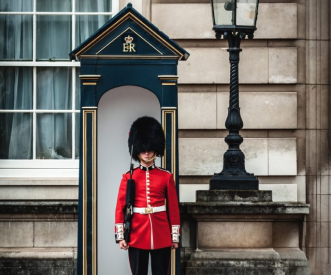 Fusilier Museum
Fusilier Museum12 minute walk/9 minute cycle
Music and theatre
-
 Barbican Centre
Barbican CentreBus 26 mins/Tube 26mins/Cycle 13 mins/Walk 38 mins
-
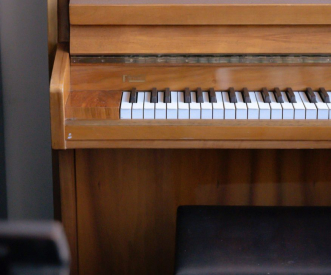 Wilton’s Music Hall
Wilton’s Music Hall11 minute walk/4 minute cycle
-
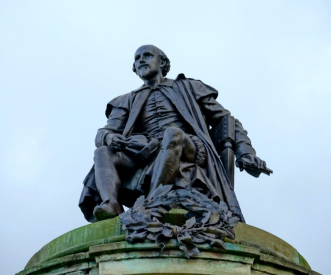 Shakespeare’s Globe
Shakespeare’s Globe27 minute walk/12 minute cycle
-
 Bridge Theatre
Bridge TheatreWalk 9 minutes
Parks and sights
-
 Potters Fields Park
Potters Fields Park10 minute walk/7 minute cycle
-
 Trinity Square Gardens
Trinity Square Gardens12 minute walk/5 minute cycle
-
 Tower Hill Garden
Tower Hill Garden11 minute walk/5 minute cycle
-
 Hermitage Riverside Memorial Gardens
Hermitage Riverside Memorial Gardens -
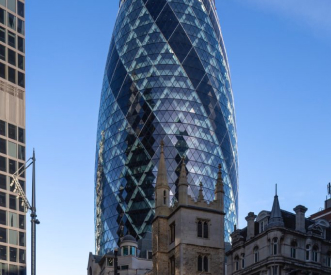 The Gherkin
The GherkinBus 17 mins/Cycle 8 mins/Walk 18 mins
-
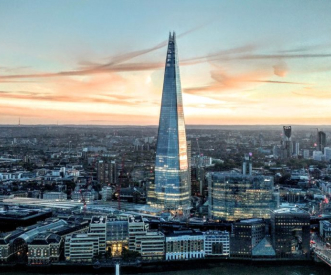 The Shard
The ShardBus 18 mins/Cycle 10 mins/Walk 19 mins
-
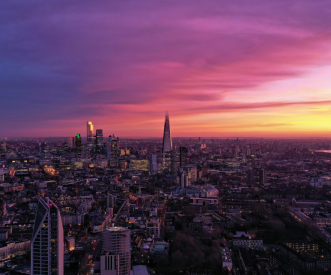 Walkie Talkie/ Sky Garden
Walkie Talkie/ Sky Garden16 minute walk/7 minute cycle
-
 Billingsgate Roman House and Baths
Billingsgate Roman House and Baths14 minute walk/6 minute cycle
-
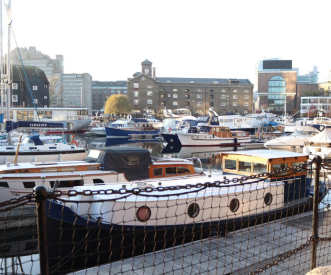 Old Billingsgate
Old Billingsgate13 minute walk/6 minute cycle
-
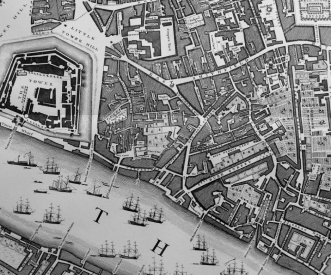 Tobacco Dock
Tobacco Dock16 minute walk/7 minute cycle
-
 Guildhall
Guildhall27 minute walk/11 minute cycle
-
 St Olave’s
St Olave’s14 minute walk/6 minute cycle
-
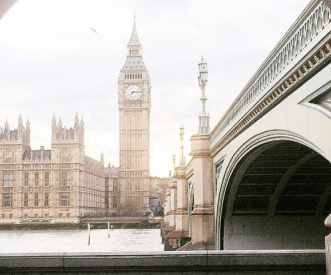 Monument to the Great Fire of London
Monument to the Great Fire of LondonTube 15 mins/Cycle 7 mins/Walk 18 mins
-
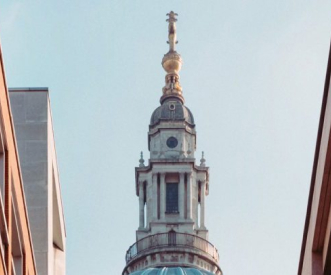 St Paul’s Cathedral
St Paul’s CathedralBus 18 mins/Tube 21 mins/Cycle 11 mins/Walk 29 mins
-
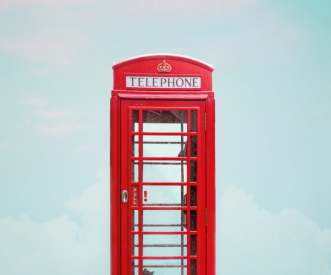 Traitor’s Gate
Traitor’s GateWalk 6 minutes
-
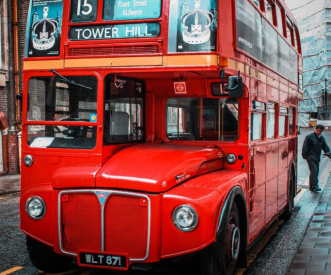 London Wall
London WallWalk 9 minutes
-
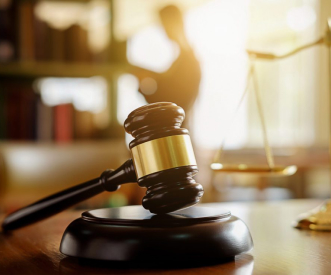 The Supreme Court
The Supreme CourtTube 26 mins/Thames River Sightseeing 39 mins/Walk 1 hour/Cycle 20 mins
-
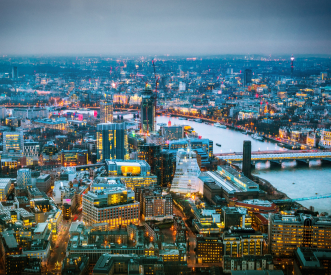 The City (Central Business District)
The City (Central Business District)Bus 21 mins/Tube 17 mins/Walk 23 mins/Cycle 10 mins

Eating out. Days out.
Hungry? You’re a short walk away from so many pubs, cafés, and restaurants.
- The Dickens Inn
- White Mulberries
- Emilia’s Crafted Pasta
- Ping Pong St Katharine Docks
- The Melusine
- Côte Brassiere
- Benugo
- Natural Kitchen
- Traders Wine Bar
Tap into these sites to find ideas for free and cheap places to visit in London.
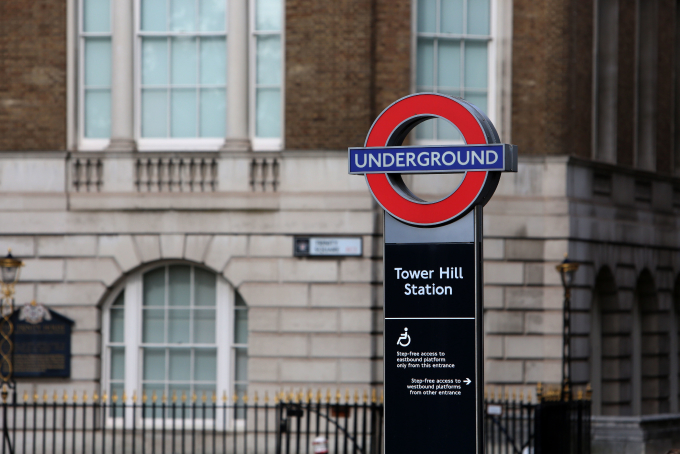
Getting around London
Take the tube. Railway. Bus. Taxi. Bicycle. Or, if you’re feeling adventurous, a river boat. In London, you have lots of transport options.
To plan your journey, use Transport for London’s journey planner.

